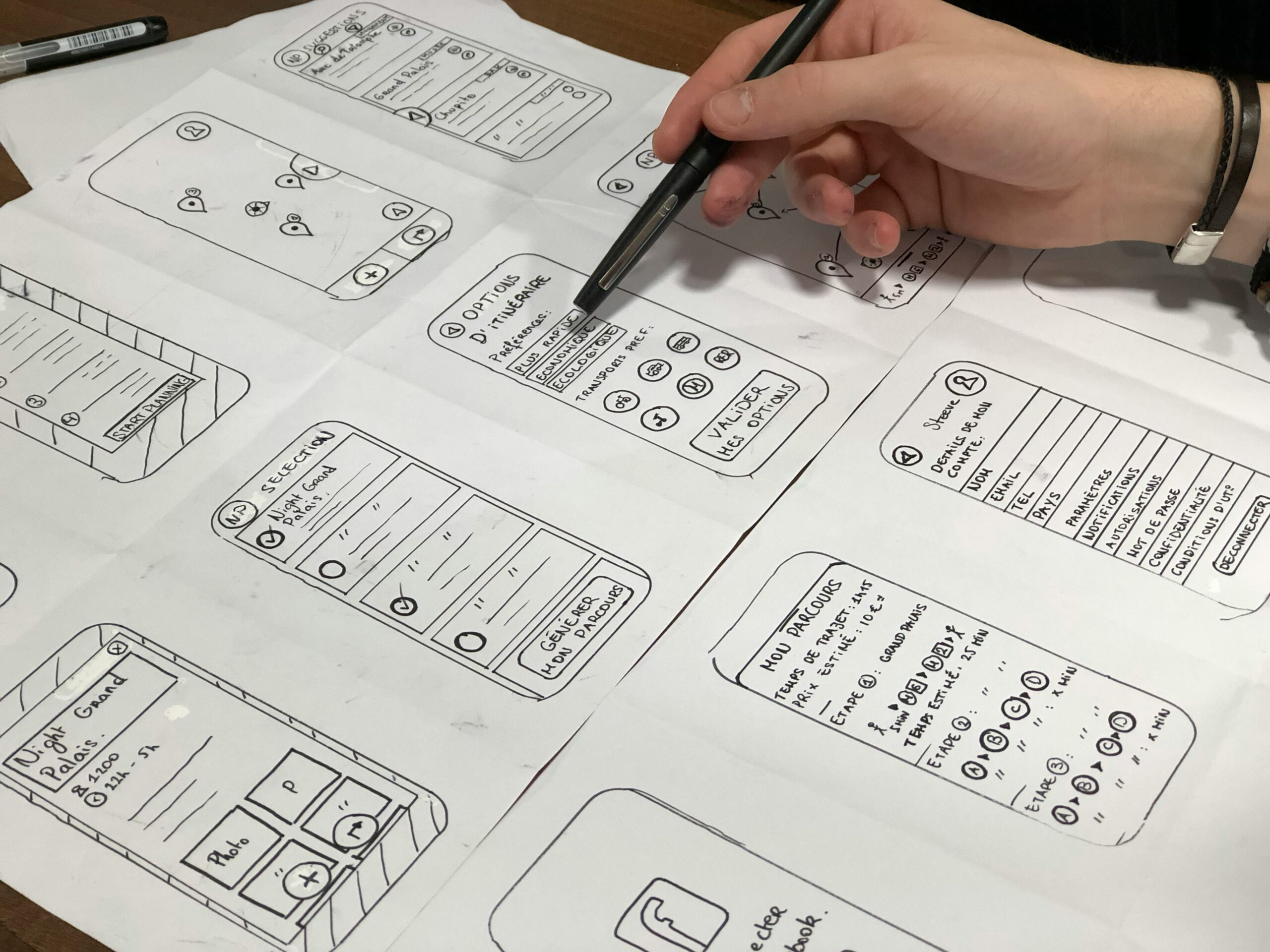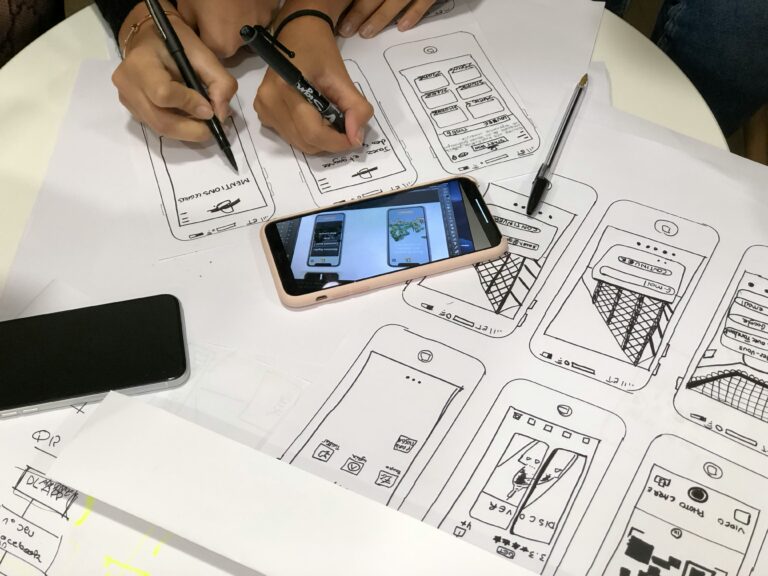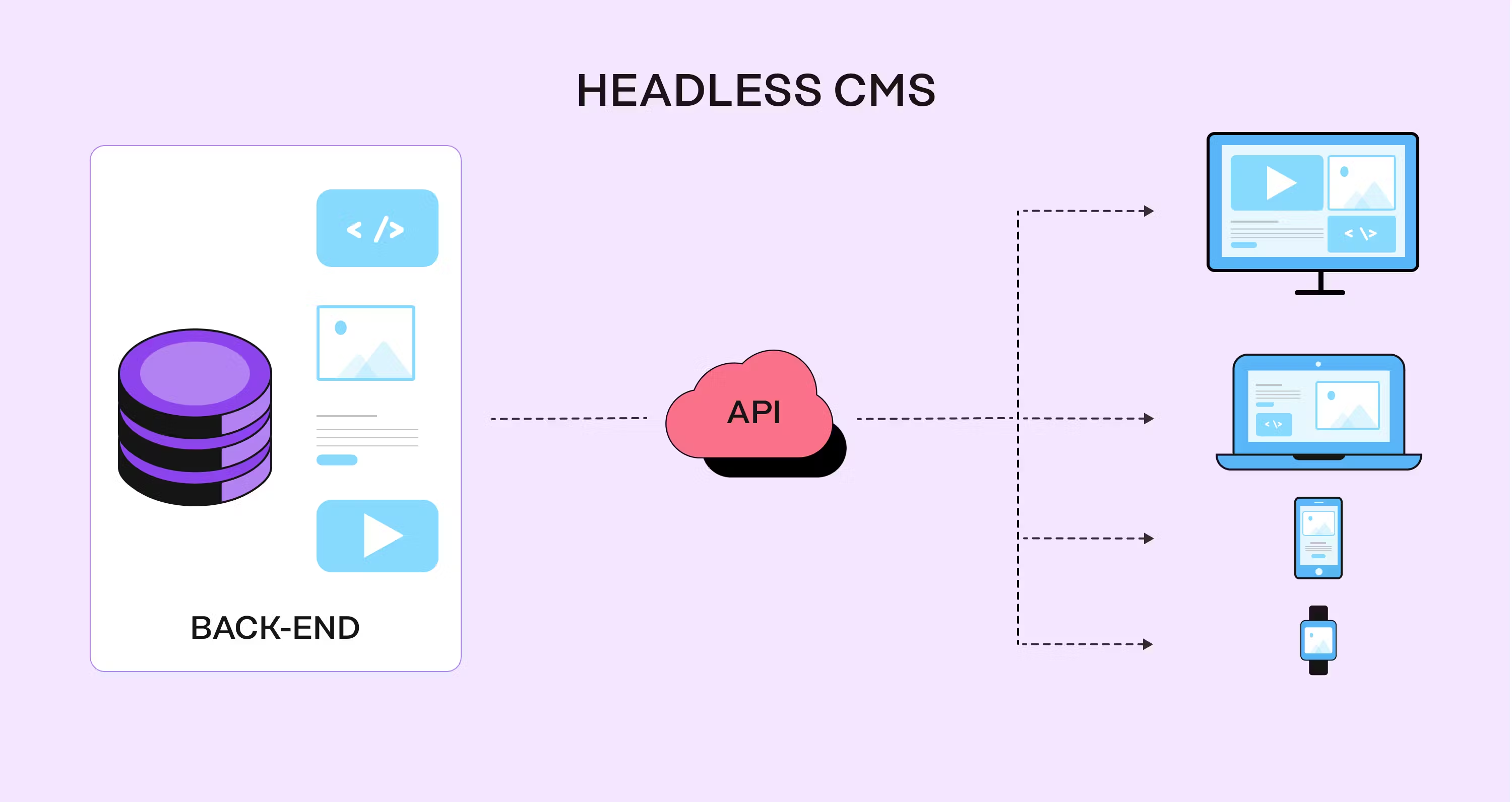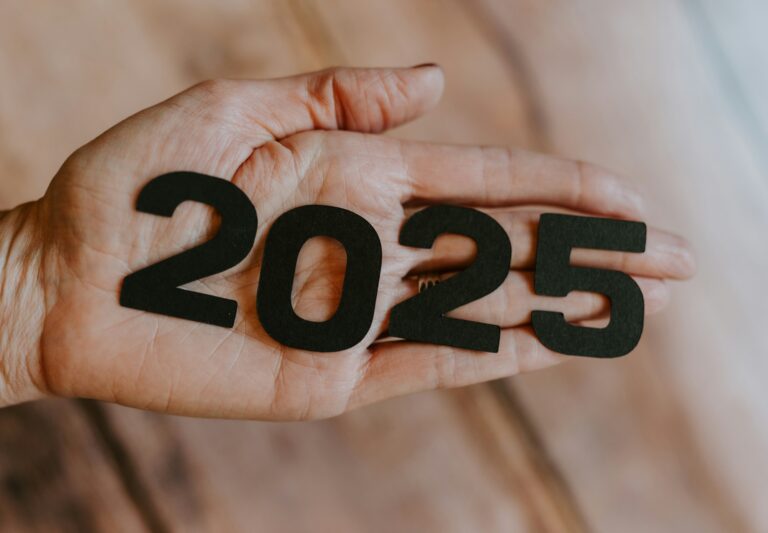In web design and development, ensuring an optimal user experience across a multitude of devices and browsers is essential. Two fundamental approaches that address this challenge are Progressive Enhancement and Graceful Degradation. By understanding these strategies and their best practices, web designers and developers can craft resilient and inclusive web experiences that cater to diverse user contexts.
Understanding Progressive Enhancement
Progressive Enhancement is a design philosophy that advocates for starting with a solid foundation of core functionality accessible to all users, regardless of their device or browser capabilities. The idea is to build a baseline experience that works universally and then layer on enhancements for users with more advanced browsers or devices. This approach embraces the principle of “content first,” ensuring that essential content and functionality are accessible to all users, regardless of their technological limitations.
The key components of Progressive Enhancement include:
- Semantic HTML: Use semantic HTML markup to structure content in a meaningful way, providing a solid foundation for accessibility and search engine optimization (SEO).
- Enhanced Styling with CSS: Apply CSS styles to enhance the presentation and layout of content, while ensuring that the design remains functional and usable even without CSS.
- Behavioral Enhancements with JavaScript: Use JavaScript to add interactivity and dynamic behavior to web pages, enhancing the user experience for modern browsers while ensuring that essential functionality remains accessible to users with JavaScript disabled or unsupported.
By adopting Progressive Enhancement, designers and developers can create web experiences that prioritize accessibility, resilience, and inclusivity, allowing users to access essential content and functionality regardless of their device or browser capabilities.
Exploring Graceful Degradation
Graceful Degradation is a complementary approach to Progressive Enhancement that focuses on designing with older browsers and devices in mind. Instead of starting with a baseline experience and layering on enhancements, Graceful Degradation begins with a fully-featured experience and gracefully scales back functionality or aesthetics for users with less capable browsers or devices.
The key components of Graceful Degradation include:
- Feature Detection: Use feature detection techniques to identify browser capabilities and tailor the user experience accordingly. This allows designers and developers to deliver enhanced features to users with modern browsers while providing fallbacks or alternatives for users with older or less capable browsers.
- Progressive Enhancement as a Fallback: Leverage Progressive Enhancement principles as a fallback mechanism for users with less capable browsers or devices. By starting with a baseline experience that works universally and then layering on enhancements for modern browsers, Graceful Degradation ensures that all users can access essential content and functionality, regardless of their technological constraints.
By embracing both Progressive Enhancement and Graceful Degradation, designers and developers can adopt a hybrid approach that combines the strengths of both strategies. This approach allows for maximum accessibility and resilience, ensuring that web experiences adapt gracefully to a variety of user contexts, devices, and browsers.
Best Practices for Web Design
When it comes to implementing Progressive Enhancement and Graceful Degradation in web design, several best practices can help designers and developers achieve optimal results:
- Start with a Solid Foundation: Begin by designing a baseline experience that works universally across all devices and browsers, focusing on essential content and functionality accessible to all users.
- Layer on Enhancements: Gradually enhance the user experience for users with more advanced browsers or devices by adding features, optimizations, and enhancements that leverage modern web technologies.
- Use Feature Detection: Employ feature detection techniques to identify browser capabilities and tailor the user experience accordingly. This allows for the delivery of enhanced features to users with modern browsers while providing fallbacks or alternatives for users with older or less capable browsers.
- Test Across Devices and Browsers: Regularly test your website or web application across a variety of devices, browsers, and operating systems to identify compatibility issues and ensure a consistent user experience for all users.
- Stay Informed: Keep abreast of the latest web standards, best practices, and browser developments to anticipate compatibility issues and adapt your design approach accordingly. Engage with the web design community, participate in forums and discussions, and leverage resources such as browser compatibility tables and compatibility testing tools to stay informed and up-to-date.
By following these best practices and adopting a holistic approach to web design that incorporates both Progressive Enhancement and Graceful Degradation principles, designers and developers can create resilient, inclusive, and future-proof web experiences that delight users across all devices and browsers.
Conclusion
Progressive Enhancement and Graceful Degradation are two complementary strategies that empower designers and developers to create resilient and inclusive web experiences that cater to diverse user contexts. By embracing these principles and best practices, designers and developers can navigate the challenges of browser compatibility and technological diversity, ensuring that their websites and web applications remain accessible, usable, and engaging for all users, regardless of their device or browser capabilities.
Mastering Progressive Enhancement and Graceful Degradation is essential for crafting web experiences that stand the test of time. By understanding these strategies and their best practices, designers and developers can create resilient, inclusive, and future-proof web experiences that prioritize accessibility, usability, and user satisfaction.






